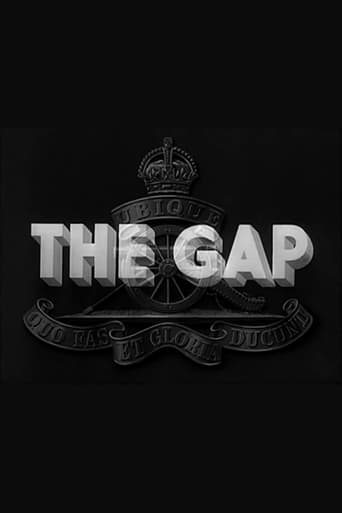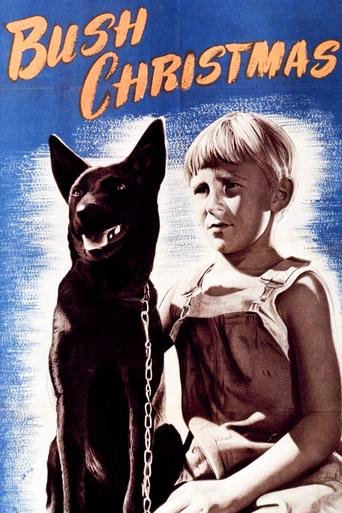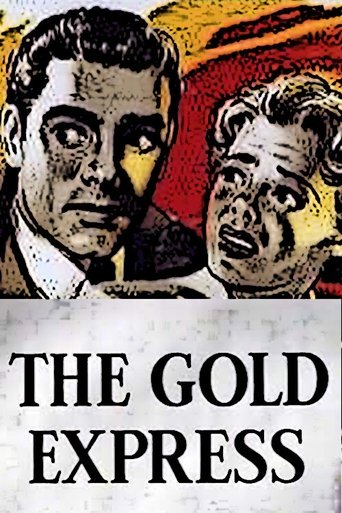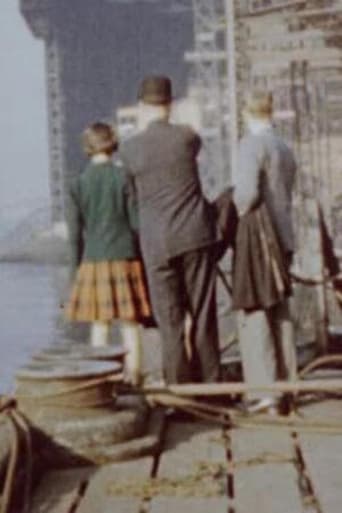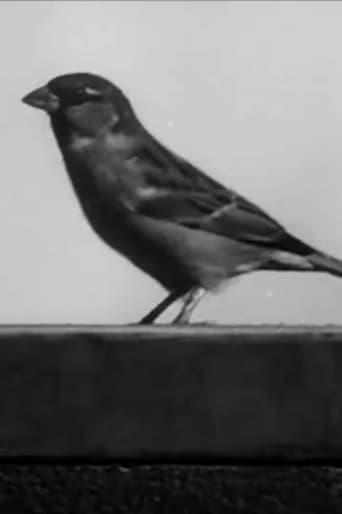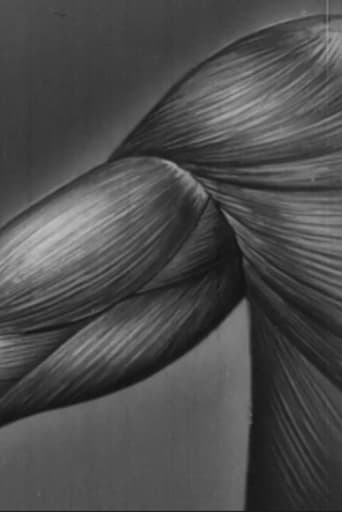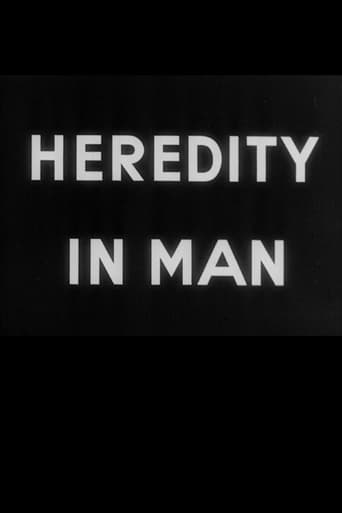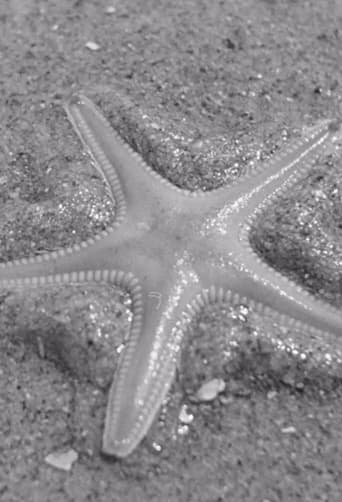The Case of the Missing Scene 1951
The Case of The Missing Scene is a children's crime thriller that has been designed in the tradition of classic British children's films. A camera team takes pictures of rare birds from a hide when a poacher happens to get into the picture. The evidence (namely shot 63) disappears under mysterious circumstances. As always in these films, the case can only be solved with the help of a few bright children.



